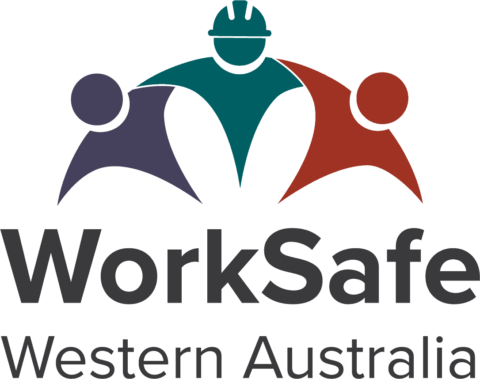The implementation of the Work Health and Safety Act 2020 and subsidiary legislation has driven significant transformation in safety management systems across industries. The focus has shifted from legislative prescription to empowering persons conducting a business or undertaking (PCBUs) as industry experts, to identify hazards and implement effective control measures.
While the changes encompass various aspects of safety management, emergency management planning and response have undergone significant prescription in the Work Health and Safety (Mines) Regulations 2022. The evolving landscape of emergency management is influenced by several factors, including increased risks of fires and floods due to climate change, the emergence of new industries and materials presenting new threats, and the increased proximity of industries, which both heightens potential emergencies and fosters collaborative mitigation efforts.
A crucial aspect of managing potential emergency events lies in interoperability – the ability to collaborate effectively with other PCBUs, response agencies and stakeholders. Past incidents have highlighted interoperability as a key area for improvement, emphasising the need for organisations to work seamlessly together during emergencies.
Emergency management plans require a more specific focus, tailoring them to the scale, nature, and location of the PCBU. Stakeholder consultation is a mandatory step in the planning process, ensuring diverse perspectives are considered. In mining operations, emergency management plans must form a part of the mine safety management system. For general industries, higher-risk workplaces may require additional information in their emergency plans.
Technology also plays a pivotal role in enhancing industry responses to emergencies. Innovations such as fire fighting robots, virtual reality training, and improved communication technologies have positively impacted emergency preparedness and response capabilities.
Key areas of emphasis in the new emergency planning legislation include the identification and training of workers responsible for planning and responding to emergencies, regular testing and maintenance of emergency response equipment and routine testing of emergency management plans to ensure effectiveness in real-life scenarios
 Further information
Further information
Visit the emergency management webpage for more information.

